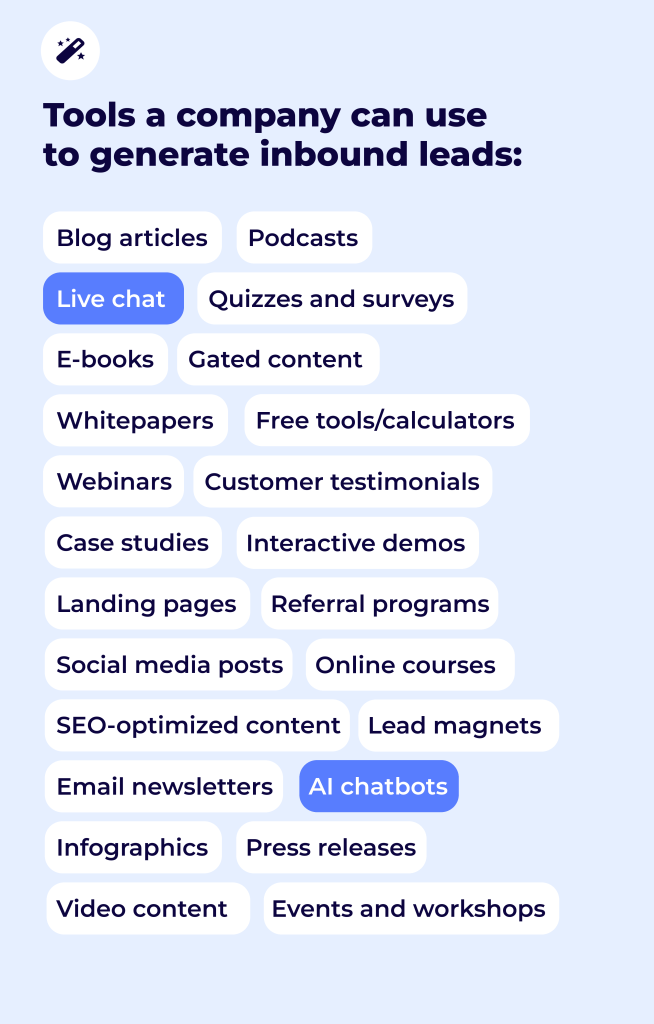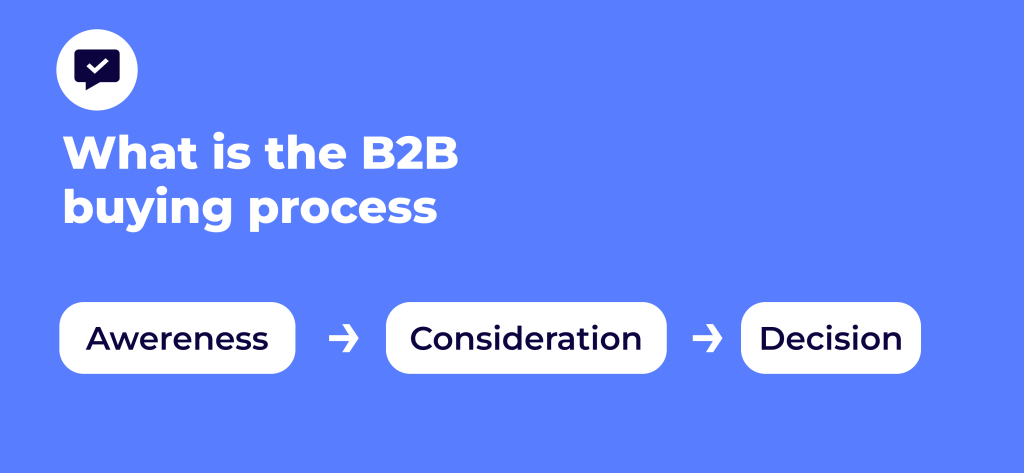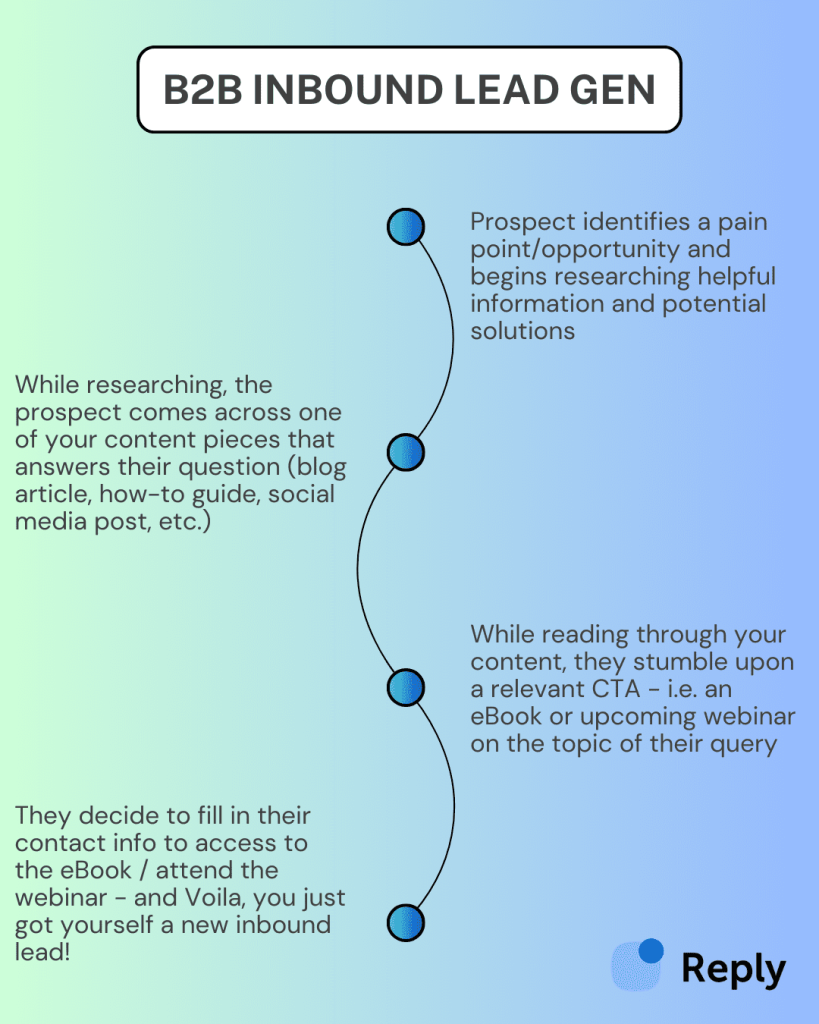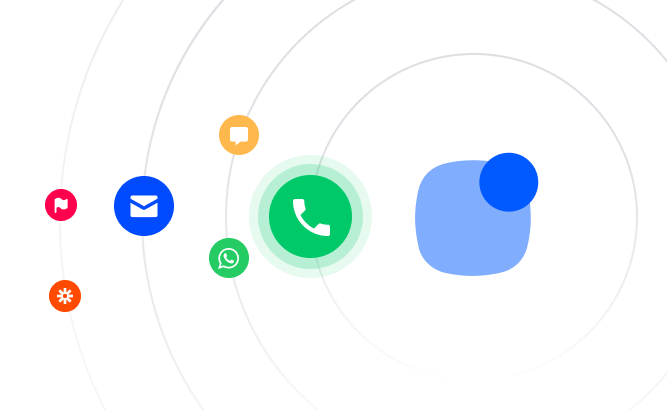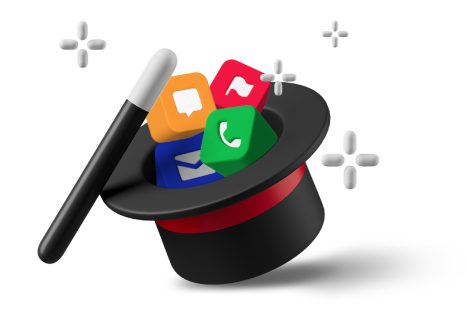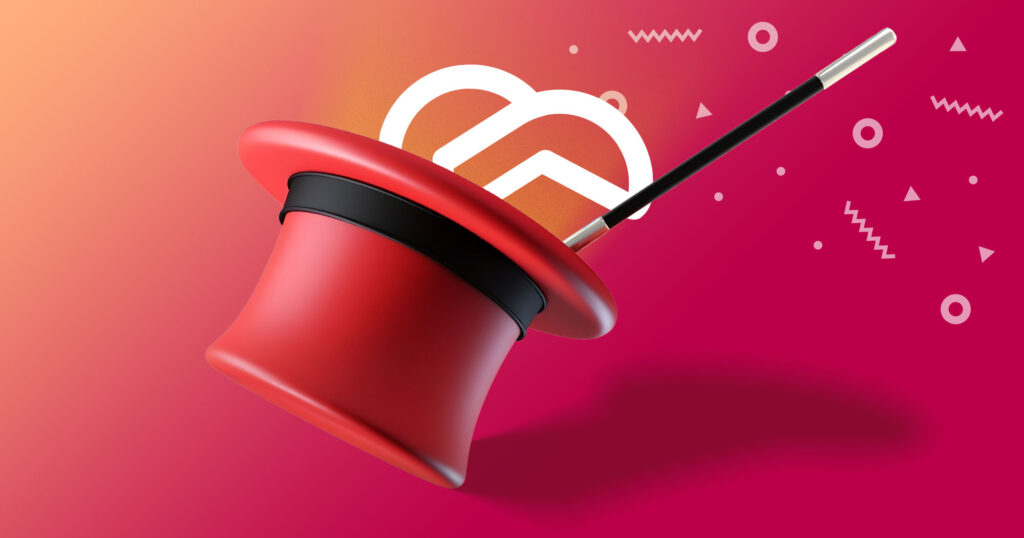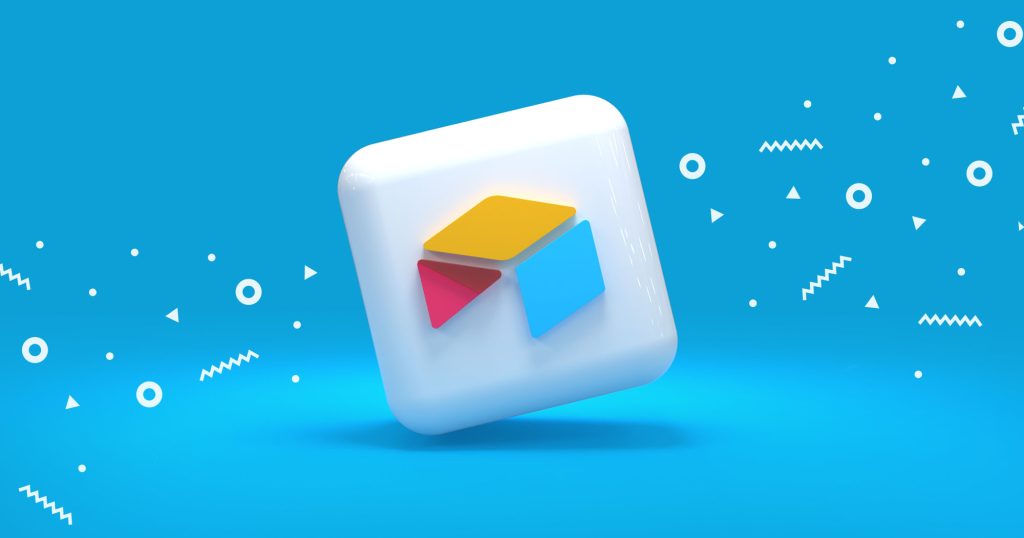The way B2B companies generate leads in 2025 is incomparable to how it used to be just a couple of years ago. In other words, those strategies that did wonders in the past simply aren’t that effective now.
Primarily, this is due to the unprecedented shift in the balance of power in the buying process. Like it or not, nowadays, the buyers are in full control.
They have the ability and preference to research products and solutions on their own, dictating when and how they would like to engage with sales teams, and businesses have to fall in line.
Outbound sales and marketing strategies like unsolicited emails and cold calls have shown a steady decline in ROI, whereas, inbound tactics have become fully aligned with the new realities.
Instead of interrupting modern buyers, inbound ensures that they are greeted with valuable assistance throughout their self-guided buyer journey, usually in the form of diverse content like blog articles, peer reviews, interactive demos, webinars, videos, and the list goes on.
In this article, we’ll explore how to make the most of your inbound strategy to effectively attract, engage, and convert potential buyers into long-term customers while respecting their preferences.


